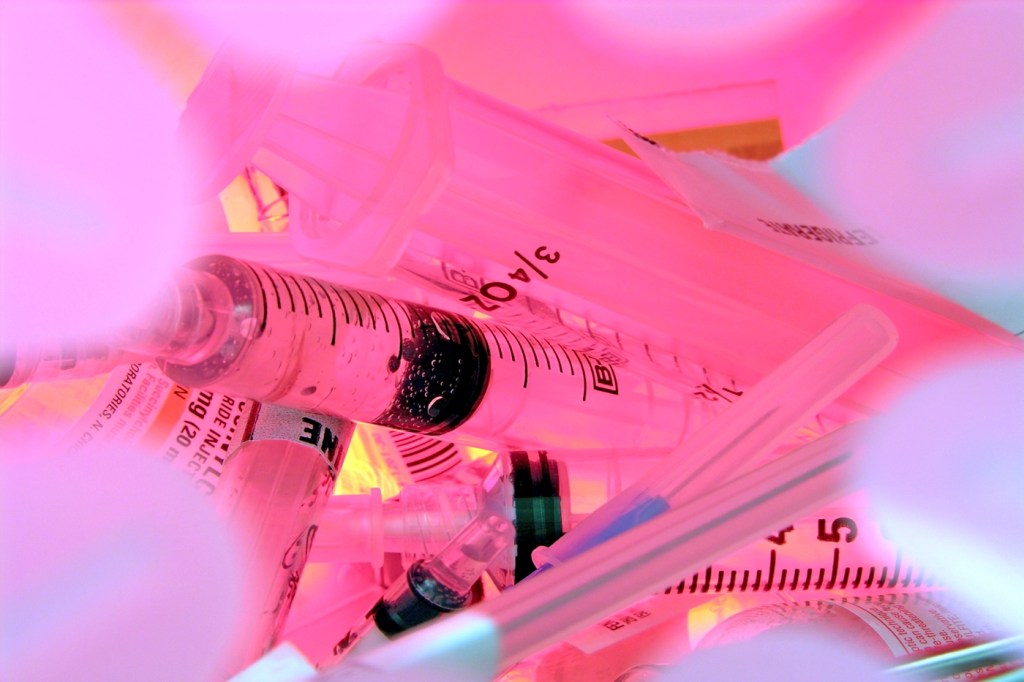Are safe injection facilities for heroin users a step in the right direction?

The opioid crisis continues to grow year after year, with heroin-related deaths jumping 39 percent from 2012 to 2013. Now one U.S. community has proposed an innovative strategy to help combat the scourge, which is ravaging cities and towns nationwide.
Last week, the mayor of Ithaca, New York, announced the most aggressive alternative plan to date: opening a safe site where drug users can inject the drug under the supervision of medical personnel without the fear of being arrested.
While this may seem far-fetched, Northeastern University associate professor Leo Beletsky, an expert in law and public health, explained that this measure should be seen in a context of an extraordinary situation.

Assistant professor Leo BeletskyPhoto by Brooks Canaday/Northeastern University
“I don’t think it’s crazy at all,” said Beletsky, who holds joint appointments in the School of Law and Bouvé College of Health Sciences. “We need innovative interventions because what we are doing is not working.”
Ithaca’s safe injection site would be the first of its kind in the U.S, but dozens of similar facilities are already operating in Europe, Australia, and Canada. A safe injection site that opened in Vancouver in 2003 sees up to 1,000 visitors a day. And extensive research suggests the intervention is working: According to a study by the British Columbia Center for Excellence in HIV/AIDS, there was a 35 percent reduction in heroin overdose deaths in the neighborhood surrounding the site from 2001 to 2005. It has also demonstrated positive impact on infectious disease transmission and quality of life in the neighborhood.
You can’t stop people from doing certain things, but you can help them make better choices.” — Leo Beletsky
“Aside from those direct benefits, the Vancouver facility is also co-located with a range of other services,” Beletsky explained. “At the intake desk they will immediately ask you what services you would like that day, whether it’s wanting wound care, getting tested, or entering detox. From my perspective, the optimal safe injection program provides the broadest possible support to their clients.”
Ithaca is one of many communities trying to combat the rise of heroin and prescription drug addiction. In a three-week span in 2014, the city saw three fatal overdoses and 13 non-fatal overdoses. That same year, more than 1,000 people in Massachusetts died from accidental overdose.
But there is hope. According to Beletsky, supervised injection sites provide health benefits as well as psychological benefits, giving people who may be facing complex problems and limited options the chance to take charge of their health. “These facilities help highly-vulnerable drug users to make better choices,”
Opening this type of official facility anywhere in the U.S. would require overcoming a range of legal barriers. As an example, Beletsky pointed to a provision in the federal Controlled Substances Act that imposes criminal liability on landlords if they are aware of illicit drug activity in their buildings.
“Clearly if you are the city government and you are running a facility, you need to protect your staff,” Beletsky said. “But the political environment—from federal down to the local levels—has never been more favorable to innovations like safe injection facilities. You have to ask, ‘How likely is it that the state would come after a mayor for doing something like this, given all of the evidence that it works?’”





